
El Niño conditions continued into March. What do forecasters think is next?
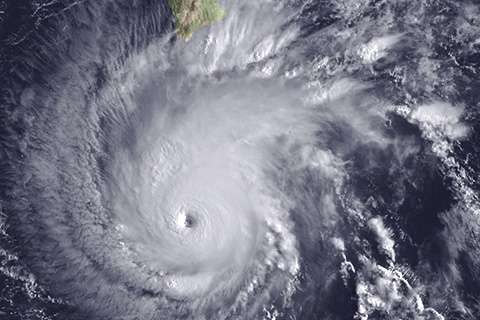
Many networks across the U.S. collect air temperature and precipitation observations we use to characterize these events. But only NCEI's U.S. Climate Reference Network (USCRN) was designed with lab-calibrated sensors--in triplicate--to ensure a high-quality, continuous record of U.S. climate.
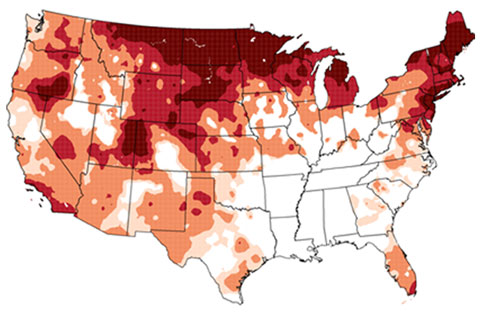
If the recent weather whiplash has left you wondering how U.S. winters are changing over time, NOAA climate maps tell the story.
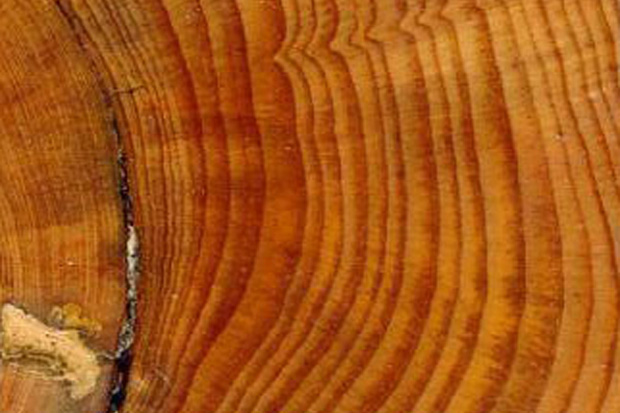
Tree rings can reveal the age of wood used to make human artifacts from famous violins to the cliff ruins of Mesa Verde, and also tell us about the climate conditions that prevailed when those trees were alive.
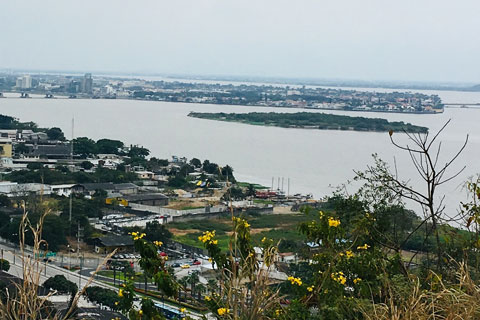
What is the latest and greatest in ENSO science? This blogger travels to Guayaquil, Ecuador to find out.
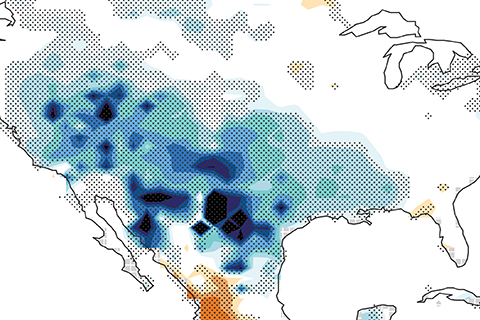
New research suggests the climate change could affect how ENSO impacts temperature and wildfires. Read on to learn what that means.

Forecasters are favoring the onset of El Niño conditions this fall. Our blogger gives you the details!

The climate system we share is big and complex. Assessments like the State of the Climate depend on expertise from around the world and around the sciences. This year's "Meet the Author" profile features two contributors to the African section of the "Regional Climates" chapter.

Wondering how strong any potential El Niño might be this winter? Maybe you should look to the South Pacific for clues.
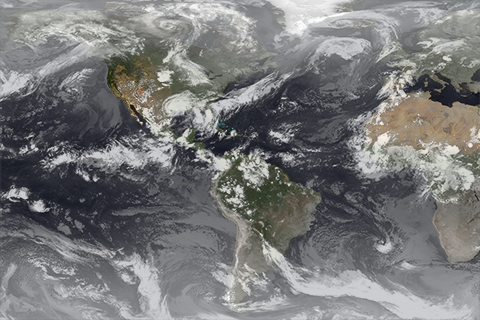
Want to forecast both weather and climate? First this means understanding the faster and slower moving features of our atmosphere, ocean, and land.